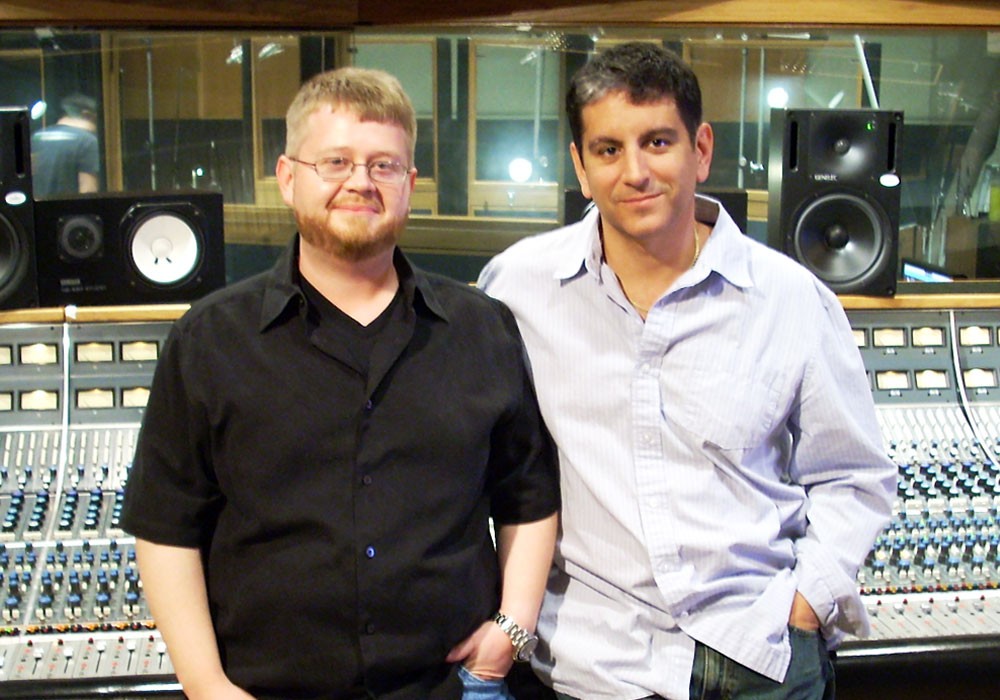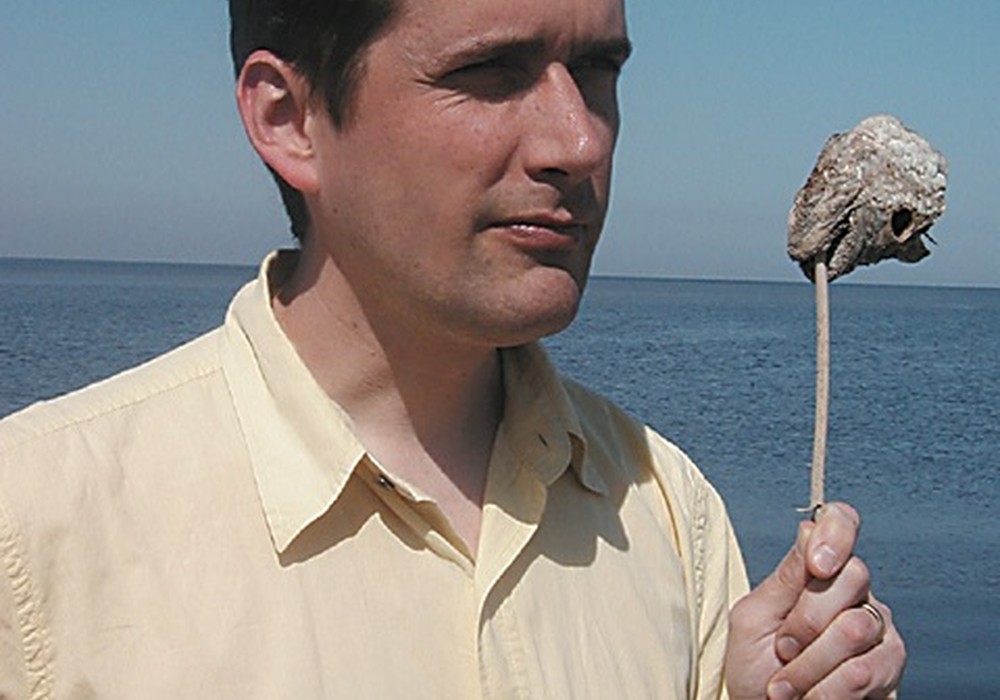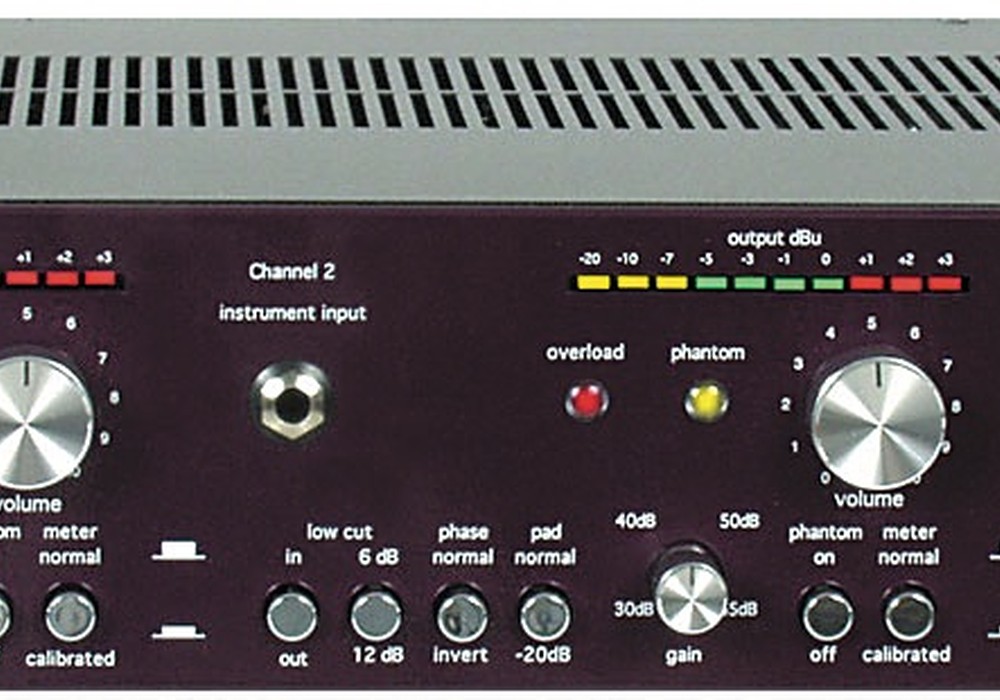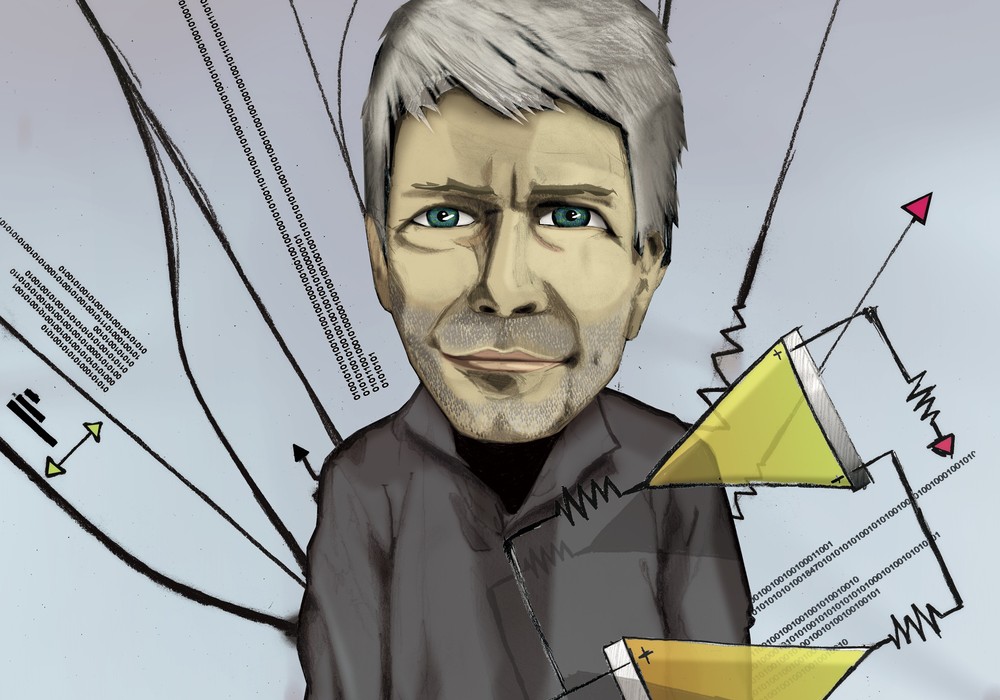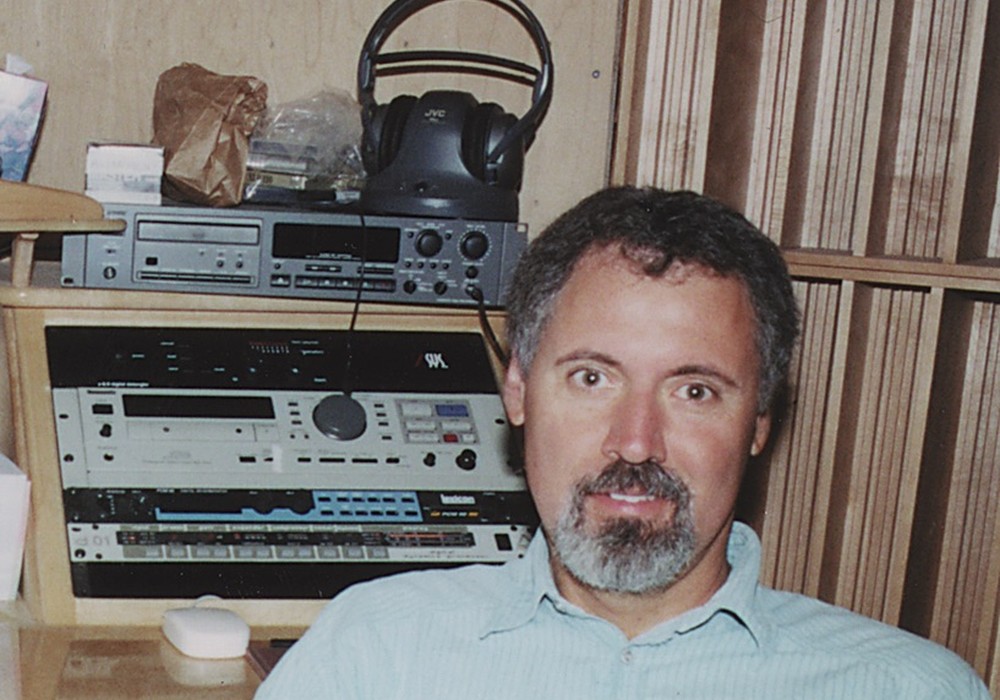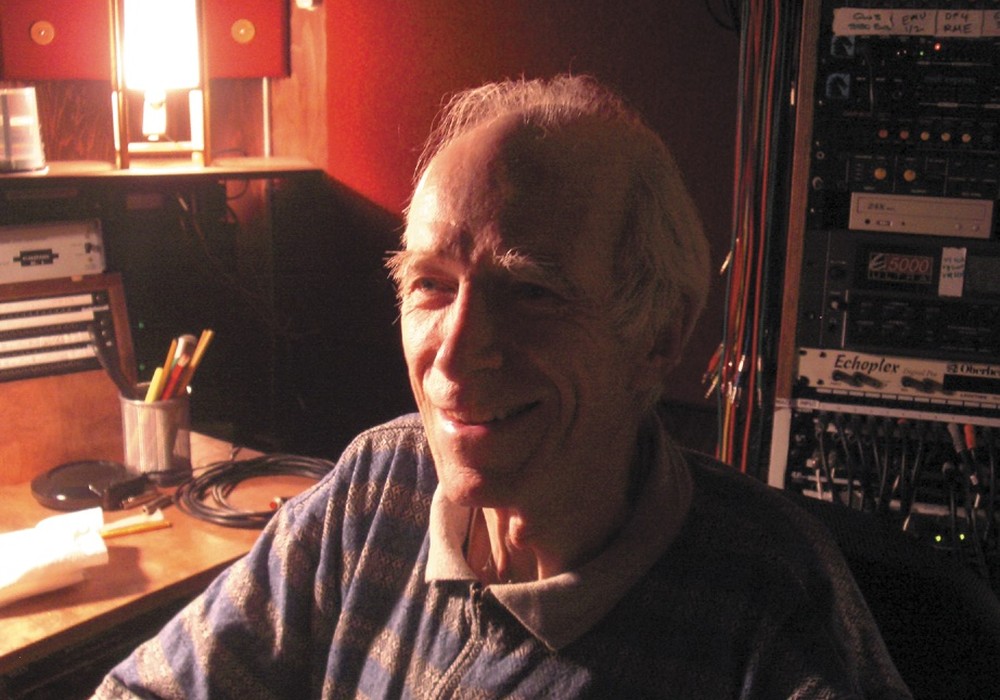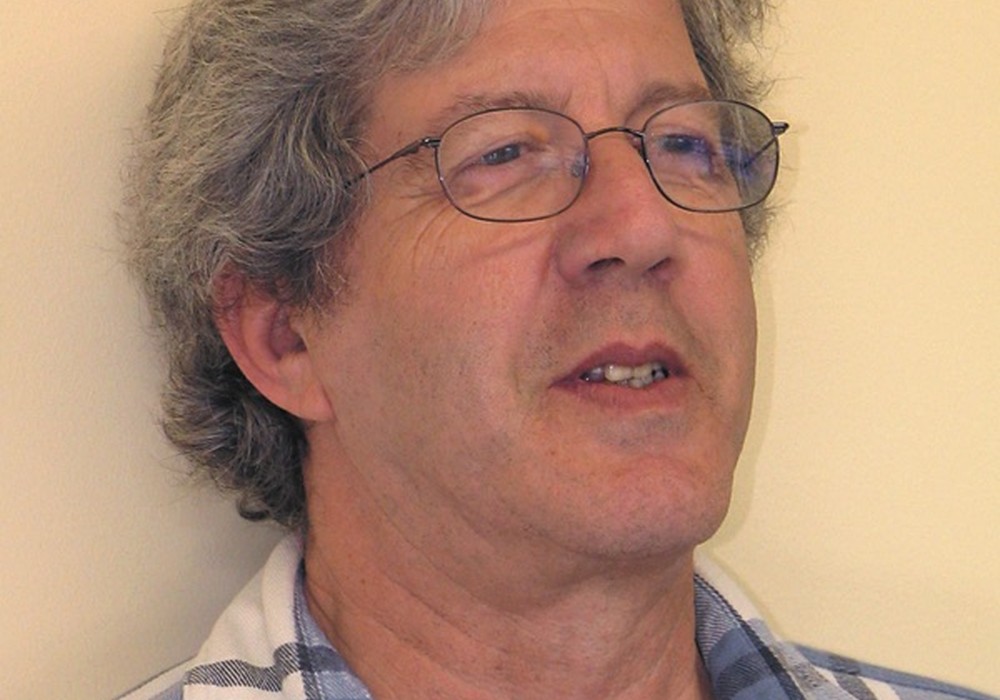Wes Dooley loves ribbon mics. He's carried the torch for these fine tools for many years, and his AEA Ribbon Mics company manufactures some of the finest microphones of this type, as well as specialized preamps and more. I love listening to Wes spin his stories, so this was a treat!
Below is a selection of extra comments from Wes' interview from Tape Op #97.
I was "modern" and had Neumann tube mics. When the Neumann FET mics came out, Wally Heider said, "Wes, don't you want those Neumann U 87 FET mics? They're so much easier for remotes." I said, "Yeah, they're cool. I just don't have the money." He said, "Well, you have the [Neumann] U 67 and the [Neumann U] 47. I'll give you some really good money for those mics." Unfortunately, the young fool that I was, I said, "That sounds great!" Until I put the 87s up on a performance of Stravinsky's The Wedding and went, "Damn, my 67s sounded way better than this!" I had a pair of [Neumann KM] 84s up at the same time, and the 84s sounded pretty good, and I went, "Oh my, my 7.5 ips 1/4-track Dolby B backup sounds better than my 15 ips, 2-track. Dang." That's when I started learning that just because it's new does not mean it's improved in a way that I think is an improvement.
I got hired to go down to El Centro one May and record the school choir. Their best room was one that was really noisy with the air condition going and really reverberant when not. It was a Work Projects Administration poured concrete building, and that was where the Schoeps two-pattern saved me. This was about '72, and I got back to the wall of the room, and I couldn't move any farther back, but I still didn't have the blend I wanted. So I switched them to omni, turned around, and just rested them against the wall. I hadn't done it before. Boundary layer mics weren't happening then, but that turned out to be really useful, and I wound up using them a lot as permanent installs for recording systems for things like the Los Angeles Cathedral, for example. It was highly reverberant there, and we found that if we took a pair of AKG omnis and put them up with right-angle adapters and made what we'd now look at and say, "Oh, that's a big PZM." Just trying to solve problems.
After a while, you get better at stuff. Cardioid mics, and even super-cardioids, pick up a lot of off-axis sound. A friend of mine told me a technique that he thought I should try, which was using figure-eights. I had [Neumann] KM 86s and U 87s. Now, these aren't the same as single-diaphragm figure-8s or a ribbon's low-tuned figure-8s, and I now know much more than I did then, but I was starting to learn. In '72 when I graduated, I hitchhiked through Europe visiting people like AKG, Stellavox, had lunch with Ray Dolby, he took me to AKG and the guys gave me a couple of capsules that were hotter than standard. I had been down in Africa with some anthropologists recording music in the villages one winter. That was my celebration of, "I'm actually done with school!" A friend at Hewlett-Packard had built me a battery-powered rig that we could recharge off of a Land Rover. I learned that early Land Rovers have a reverse polarity to ground than do the late Land Rovers. I managed to take one of my cassette machines out that way. At the only electronics store in Lusaka, Zambia, you could buy diodes and then you could fix it. I had a voltmeter and some basic stuff with me, but I didn't think to bring diodes or resistor packs or anything like that. I made it so that if I ran into a backwards Land Rover, it would just not work. That was my introduction to the whole concept of "soft fail" that was articulated by a really good designer later, Ken Fause, which was that you always design your systems so that preferably they don't permanently die — they just don't work at the moment if you've done something wrong. And if you can, you design stuff in a way that is modular enough so that if you lose one channel, it doesn't take down the other channel, so that you could at least do mono recordings. I started in broadcast, and the meatball rule in broadcast is that if you're not on the air, you don't get a meatball. No one pays you for dead air.
I can remember working for the L.A. Philharmonic when Ron Streicher did the broadcast, and I'd be his assistant. It was really fun to wander among the Philharmonic players setting up a mic. Sometimes I'd walk the long way through them while they were rehearsing, because it just sounded nice. I said, "This is what I want. Why do I want to do the other stuff?" He was off to the Philadelphia Orchestra, which he did for 12 summers and then for 18 years handled all the work at the Aspen Music Festival for reinforcement, and he'd take our stuff and try it out. I got to do the Philadelphia Orchestra's summer PA system one time. We totally rebuilt it. So, you learn stuff like that. It was really interesting, and I never wanted to do it again! Too big, too much stuff to deal with.
A ribbon mic is a two-point sensor. It senses the difference between the front and the back, and that's a very small change. Wind is its enemy, because wind is not audio.
And with digital, we can fix it way, way easier, but even when you get into that, you start looking at...why do we have this blog called "Fix it in The Mic?" Well, as Wally Heider taught me, you really should stop as soon as it doesn't sound good. His normal rule was get out of the way of the musicians. But if it doesn't sound good, stop it then. There's no easier point to change it. Now you can't do that when you have The Beatles at the Hollywood Bowl and you're recording. You're just stuck with what you got, and you try to have duplicates up there, and a spare that you can slap out in a moment... you do everything you can. You put the mics up in the right place and you get out of the way. As Heider taught me, you record from the moment that there is a musician in the room until the moment when there are no musicians in the room. Often times the fun stuff that's truly inspired is the noodling around and a couple of other people join in and go, "That was cool!" No one can do it a second time! It's like the line, "How does it feel to be on your own?" which choruses of people in pubs in Ireland can do! There was only one take like that, and that was it. Otherwise it wouldn't have become something that people all around the world can now sing. So you record it all. I have been burned several times when I didn't think that way. Of course digital is wonderful now, because media is cheap and small. For me as a 19 or 20-year-old, a roll of tape was a lot of money! And I was only doing a weekly radio show, so why would I need more than two rolls of tape? It's reusable!
The time that I possibly heard the best music in my world, in terms of the entire gestalt of it, I had no recording gear! I was doing a reference recording of the Big Sur Folk Festival, and I'd been flirting with a pretty blonde woman in a wide wale corduroy skirt, green just above the knees, had lovely legs, and then we did soundcheck, and I realized that it was Joni Mitchell, and that was it! I couldn't do that. No more. It's hard to have that lightness. But when we went down to the clothing-optional baths afterwards, we got down into this tub, where there was a few feet of water, the sky's directly above you, and a few feet over it drops a hundred feet to the Pacific, the ocean's coming in, and the grotto kind of area where the tubs are is underneath a concrete ceiling, and the water actually comes out of the side of the hill. We realized that there were some people there and some candles, and then they started doing some singing, and we realized that it was basically Crosby, Stills, Nash, & Young and Joni. One of the songs they did a cappella was the one ["Woodstock"] that goes "We are stardust, we are golden." And I'm looking straight up at the stars, with the ocean right here, and she is a pretty girl. She's a beautiful woman. And I just went, "Okay, I got into this because I like music, and it's never, ever going to be better than this moment. I can retire now!" Then, coming out from the baths, I ran into Joan Baez who asked me, "Which side has less people in it?" I said, "Well, I only know this side, and you've got these people here." She said, "Oh, well, I'll go to the other side." I went, right. There are personalities here. There are transcendent moments and personalities. Oh my.
Someone yesterday said to me, "Every time I put the R88 up on my Yamaha grand piano, I get a wonderful recording. I have a lot of mics, and some of them are high-end mics, but I found that as long as I have the R88 in the mix somewhere, as the foundation, I can stick the other mics in for accidents, and I can make the combination of the piano in the room sound quite different. But as soon as I remove the R88, it's like the foundation went away, and it's just not as good."
I'm incredibly lucky that I get to work with really nice people who care about their music, and that there are enough of them out there that I'm still here today.
We are so fortunate, because on some of that stuff like the transformer magnetics, we are working with a second-generation person there, and Ken Reichenbach [Cinemag] was interested in what we were doing, and said, "I think I can do that one." It wasn't that other transformers like the Lundahls didn't sound good, and were in some ways more accurate. What Reichenbach did was he got that original RCA sound. So all of our R-series, our passive mics, use that transformer. And is that the best transformer in the world? Well, it is the best transformer that you should use if you want it to sound like an RCA. One of our guys, Julian David, did a 192-page thesis at the end of his five-year degree. For his diploma thesis, Julian compared ten different ribbon mic transformers' measurements and listening juries, and at the end of it, it was that for a lot of the stuff, any of it will do! You understand the words just fine. But when you start getting more challenging material at playback, experienced listeners will start to notice that some have a fair amount of variation, more open top-end, more expansive bottom-end...
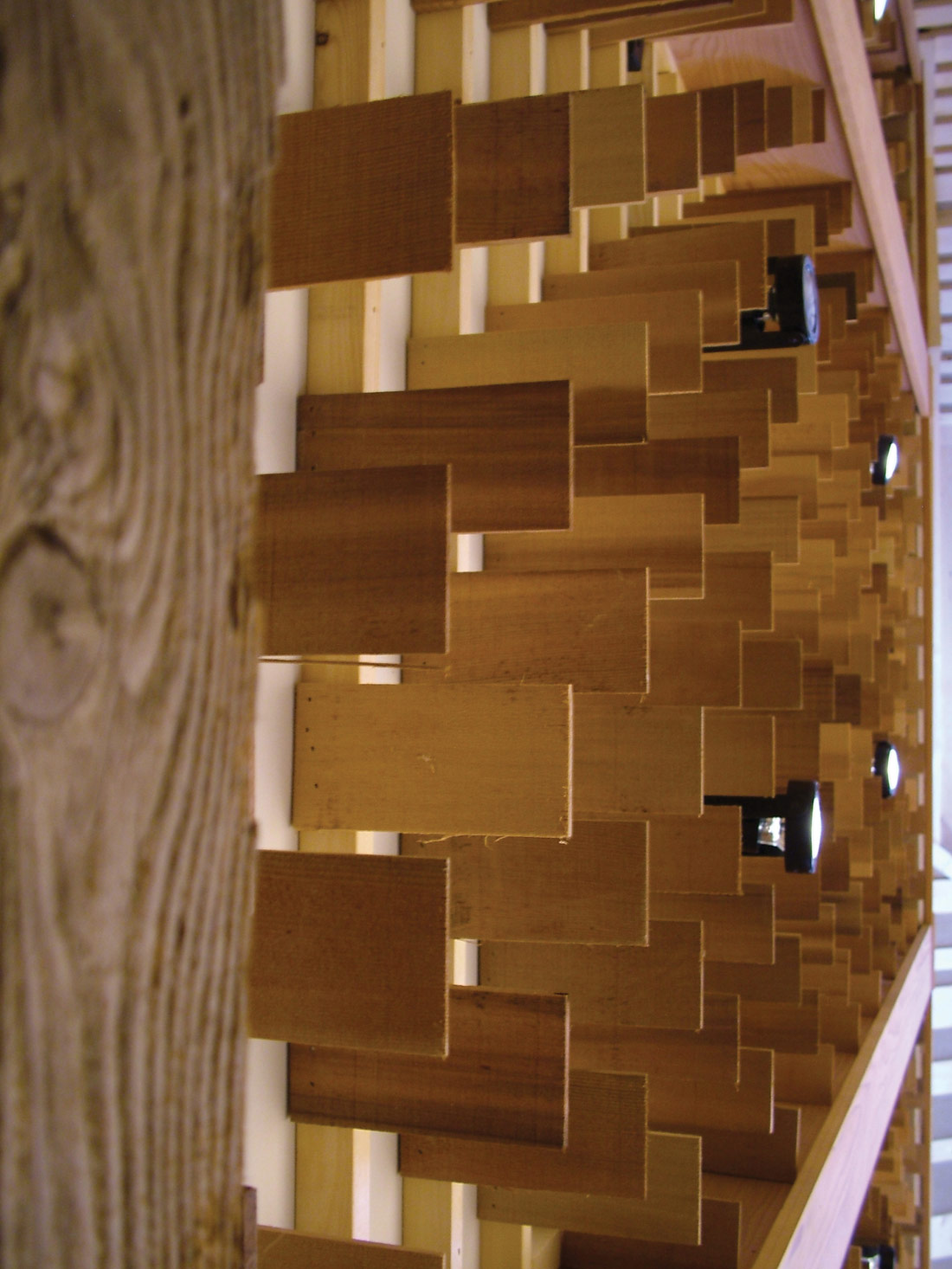

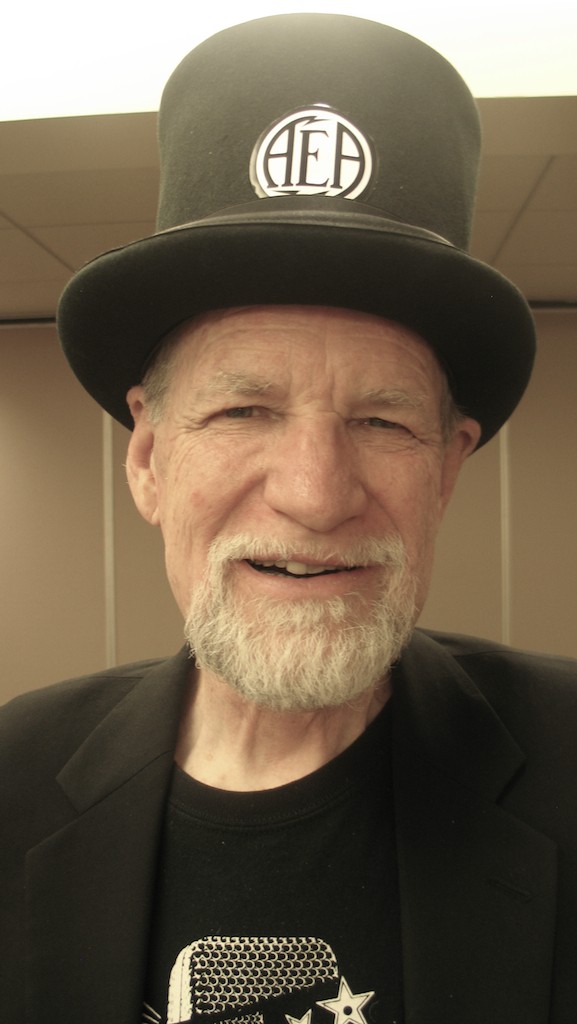


_disp_horizontal_bw.jpg)
